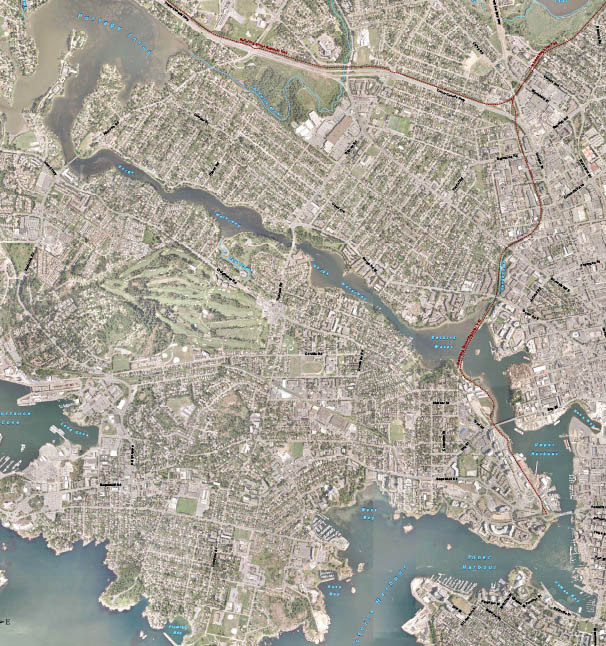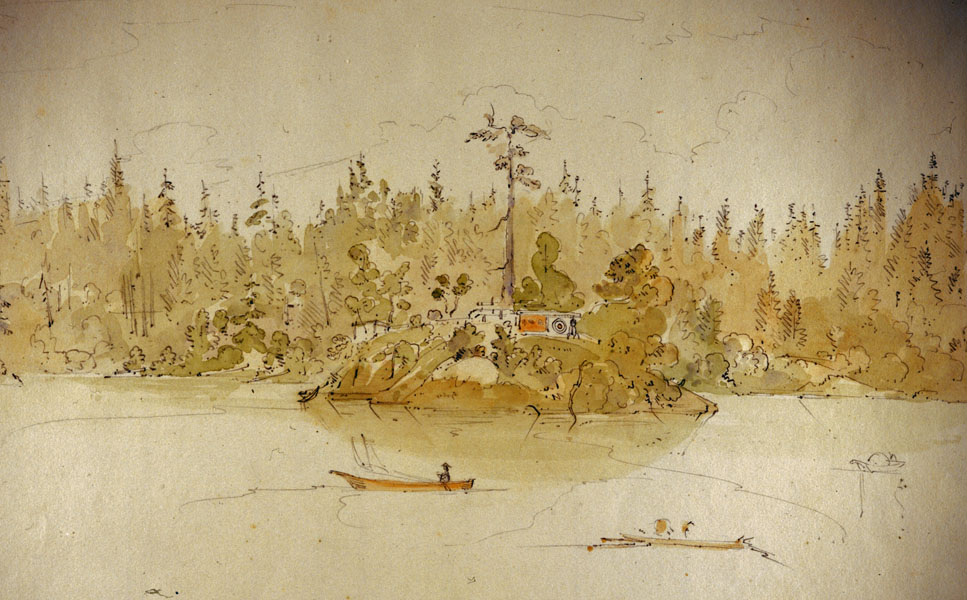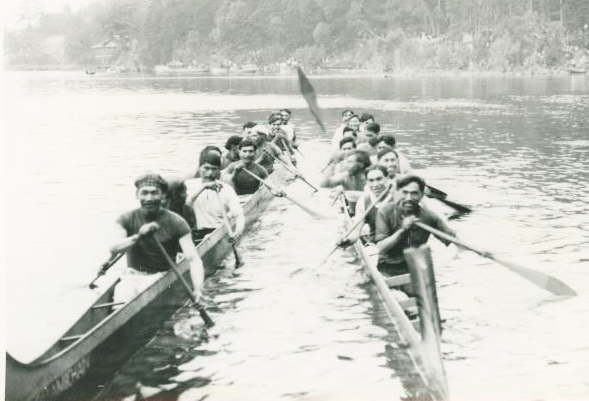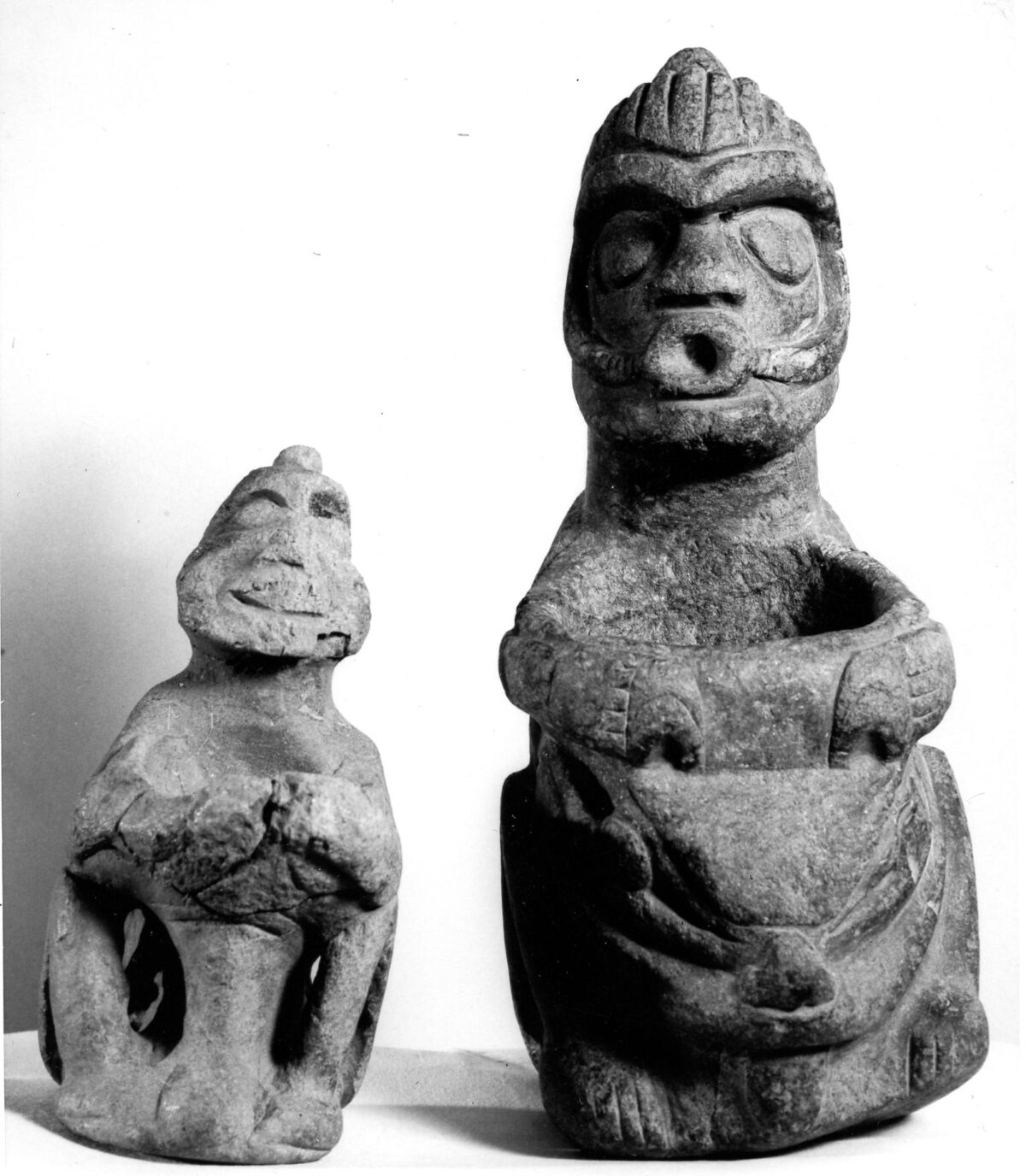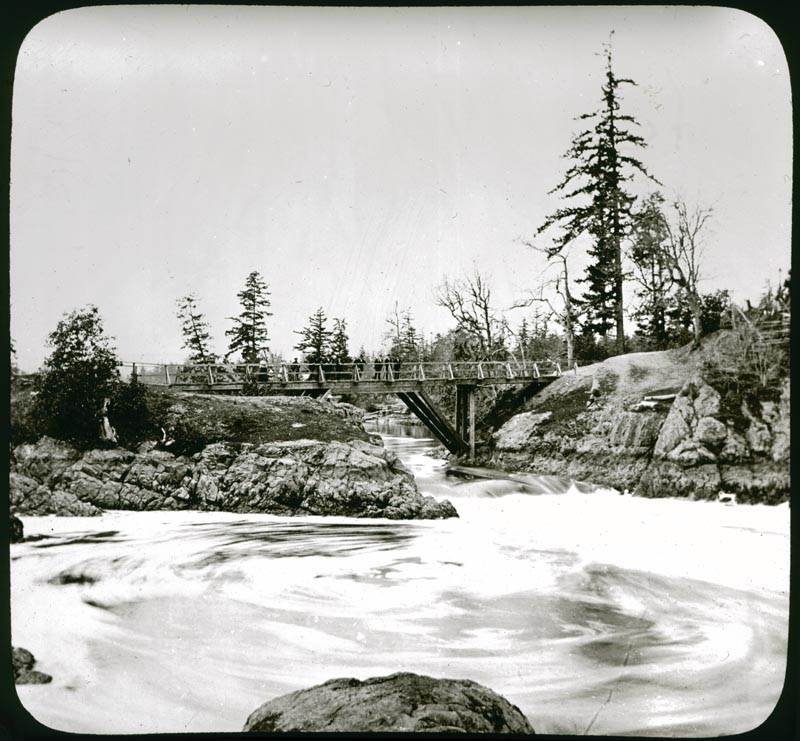
Introduction The Gorge Waterway is a special place in the tradition and economy of the Indigenous Lək̓ʷəŋən people of Greater Victoria. The Gorge reversing falls were the focus a special creation story for the Lək̓ʷəŋən, but also became a special place of celebration for the European populations that infiltrated into their territory. It is a story of transition between interconnected worlds with a moral that is aimed at bringing about a better world. A theme of preservation that transgresses time. The legend of this beautiful spot produced the first name “Fort Camosun” used by both the Indigenous Lək̓ʷəŋən peoples and fur traders (see appendix 2). Today it provides the name of Camosun College and Camosun Street. In the Lək̓ʷəŋən tradition, … Continue reading “Camossung. Bridging two Worlds”
